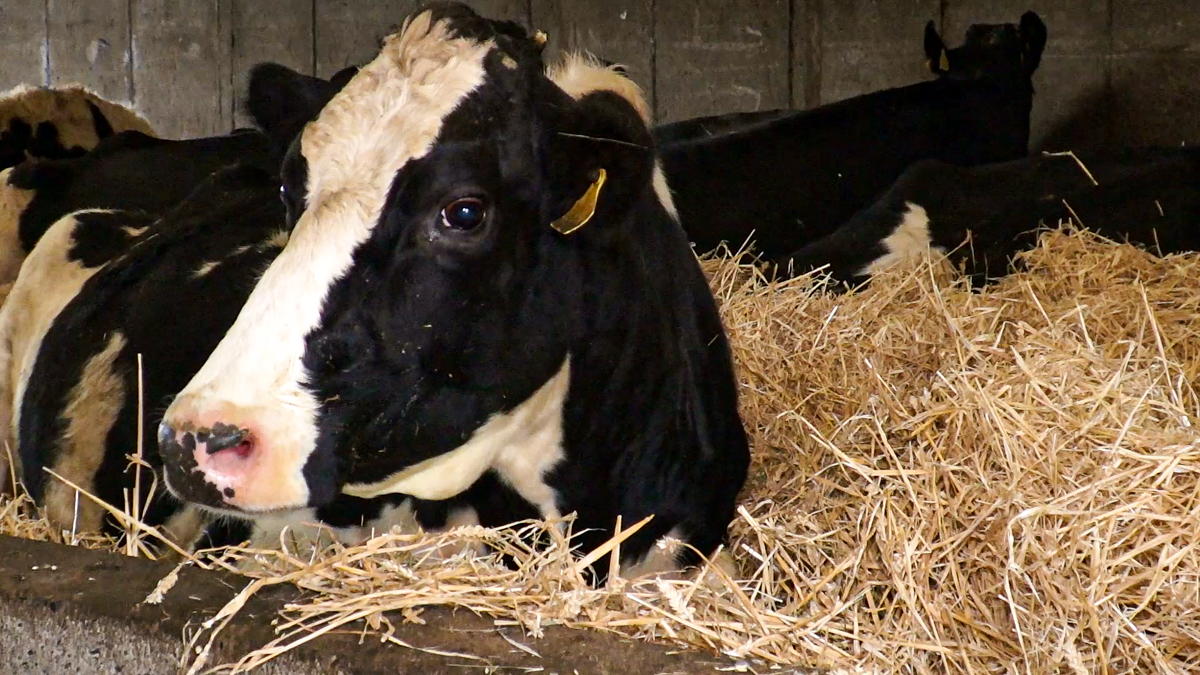Getting transition cow management right is a major factor in having a successful calving period and subsequent lactation on farms.
A number of issues that occur during the early stages of lactation can be related back to issues during the transition period.
Poor management during this period can also lead to an increase in calf mortality due to difficult calvings and weak calves.
Transition cow
The transition period for cows can be defined as the three weeks before and after calving
During this period, cows go through a number of physiological challenges.
These physiological challenges often result in issues occurring before, during, or shortly after calving.
Examples of issues that can arise during the transition period include: Udder oedema; milk fever; retained placenta; displaced abomasum (stomach); laminitis; metritis; ketosis; and fatty liver syndrome – all of which result in lost profits.
Most of these issues come down to poor management; a lot of issues can be avoided by having cows in the correct body condition score (BCS) and mineral status ahead of calving.
Management
Getting transition cow management right is key to cows having a successful calving period and lactation, as mentioned.
It is firstly important to monitor the BCS of cows before, during and after this period.
Cows with a BCS that is too low or too high are at a higher risk for developing issues.
These cows need to be identified and managed accordingly.
It is also important that cows are in good mineral status, so the feeding of dry cow minerals pre-calving is important.
In terms of mineral specification, the main points are:
- Low calcium (<1.1%);
- 20-25% magnesium;
- 2-5% phosphorus (P) (feed at higher rate if forage P content is low);
- Vitamin D – at least 12,000 units/100g;
- Trace minerals – copper, zinc, selenium, manganese, iodine and cobalt with protected sources included where required.
Minerals are usually fed at a rate of 120g/cow/day; if you are dusting minerals on silage it is better to do it twice-a-day with 60g.
It is unlikely to not have some issues during the calving season, but mitigating the risks will reduce the number and the severity of the issues that do occur.
